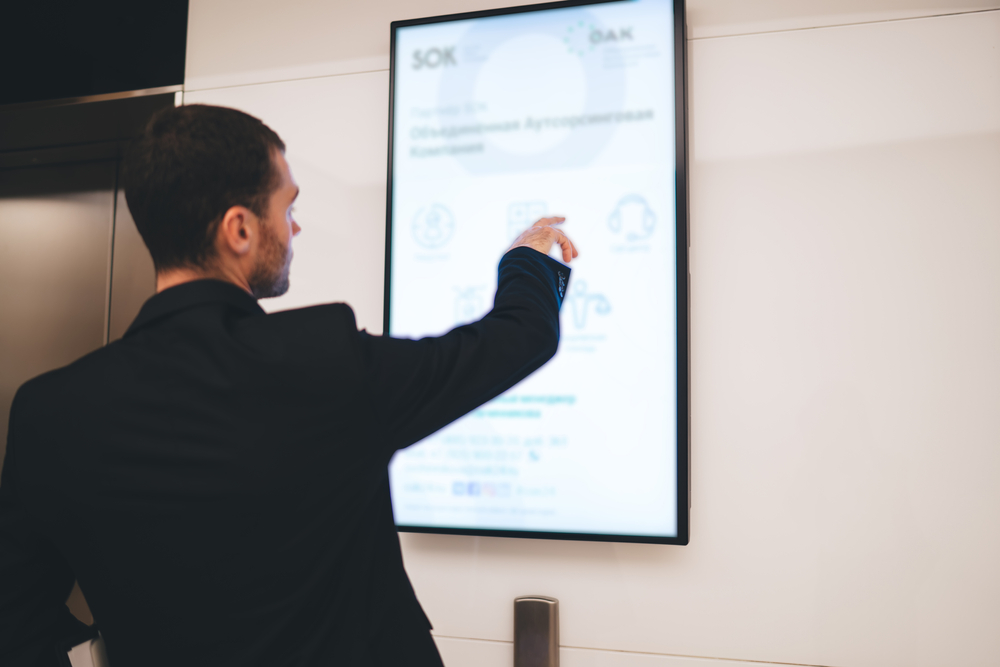How Every Lawyer Needs to Invest on Professional Trial Presentations
Enhancing Your Legal Method With Specialist Test Presentations
In today's legal landscape, the importance of expert test discussions can not be overemphasized. As lawyers browse the intricacies of the courtroom, the ability to efficiently communicate complex debates is extremely important. By changing thick lawful principles right into appealing narratives, experts can improve juror comprehension and retention. Incorporating multimedia devices and narration methods can produce a compelling backdrop that not only educates yet likewise reverberates psychologically with jurors. The inquiry stays: what particular strategies can lawyers use to raise their presentations and inevitably affect trial end results?
Importance of Test Presentations
Trial discussions act as a pivotal component in the legal procedure, successfully bridging the void between intricate legal debates and juror comprehension. The capacity to distill detailed legal concepts into obtainable narratives is essential for jurors, that must make educated choices based on the proof presented. A well-crafted discussion not just clears up the instance but additionally enhances the persuasiveness of the disagreement, inevitably affecting the jury's understanding.
In a period where attention periods are restricted, the significance of involving visuals and clear interaction can not be overstated. Test discussions serve to catch jurors' passion and maintain their focus, permitting a deeper understanding of the facts and lawful concerns at hand. Additionally, they give a structured framework that organizes the instance, assisting in rational circulation and coherence.

Key Parts of Effective Presentations
An effective presentation in a courtroom setting hinges on a number of crucial parts that jointly boost its influence. Lawyers must distill complex legal arguments into concise, easily digestible factors to make certain jurors grasp the core issues.
Visual help play an essential function as well, as they can considerably reinforce key messages. Effective use exhibits, graphes, and layouts can make clear complex information and highlight vital truths. Additionally, the presenter's distribution design is crucial; positive, engaging communication cultivates reputation and keeps jurors' interest.
Finally, understanding the target market is critical. Customizing the discussion to the jurors' backgrounds and values can promote a connection that boosts receptivity to the debate. In summary, clearness, narrative framework, visual aids, see this page distribution design, and target market understanding are integral to crafting a reliable court room presentation that reverberates with jurors and supports the overarching legal method.
Innovation in Trial Presentations
Modern courts increasingly incorporate innovation to boost trial discussions, improving the foundational aspects of effective interaction established with clear messaging and engaging narratives. The unification of audio-visual aids, such as high-def projectors and interactive displays, permits legal teams to existing evidence in a much more compelling way. This modern technology not only records the jury's interest yet also promotes a better understanding of complicated details.

Digital tools, including discussion software program and electronic exhibition monitoring systems, streamline the organization and retrieval of proof (trial presentations). Lawyers can quickly reference files, pictures, and video clips, making certain that crucial info is conveniently obtainable during the trial. Additionally, the use of computer animations and simulations can strongly highlight vital concepts, making them easier for jurors to understand
Additionally, court room modern technology advertises cooperation amongst attorneys, enabling real-time adjustments to presentations based on court responses or unanticipated growths. The capacity to adapt on the fly is important in preserving interaction and strengthening debates. As innovation continues to develop, its role in trial presentations will certainly expand, offering innovative means to connect successfully and persuasively in the quest of justice.
Storytelling Techniques for Impact
Reliable narration methods are essential in delivering impactful test discussions, as they transform complex lawful disagreements into relatable stories. A well-crafted tale astounds the audience, making it less complicated for jurors to recognize and remember bottom lines.
To produce an engaging story, attorneys need to concentrate on establishing a clear structure with a beginning, middle, and end. The start ought to present the case context and its significance, while the center elaborates on the core concerns, weaving in proof and witness testimonies that support the argument. Conclusively, the ending need to enhance the designated message, driving home the desired end result.
Furthermore, including emotional aspects can significantly improve the story's impact. By humanizing the situation, lawyers can evoke empathy, permitting jurors to connect personally with the realities provided. Making use of vibrant images and stories can also help in highlighting intricate themes, making them a lot more substantial and memorable.

Tips for Implementation in Court
Applying storytelling strategies in court requires cautious preparation and execution to make sure that the story resonates with jurors. Begin by recognizing the core message of your case and aligning it with the psychological and valid elements that will certainly involve the More Bonuses jury. Produce a clear and engaging narrative arc that includes an introduction, an advancement of problem, and a resolution.
Utilize visual help to enhance storytelling; exhibits, timelines, and multimedia presentations can help illustrate complicated principles and maintain juror interest. Exercise your distribution, ensuring that body language, tone, and pacing follow the psychological weight of your tale.

Verdict
In conclusion, expert test discussions play an essential role in enhancing legal techniques by successfully connecting intricate arguments to jurors. The integration of visual aids, clear narratives, and emotional storytelling promotes juror interaction and comprehension.